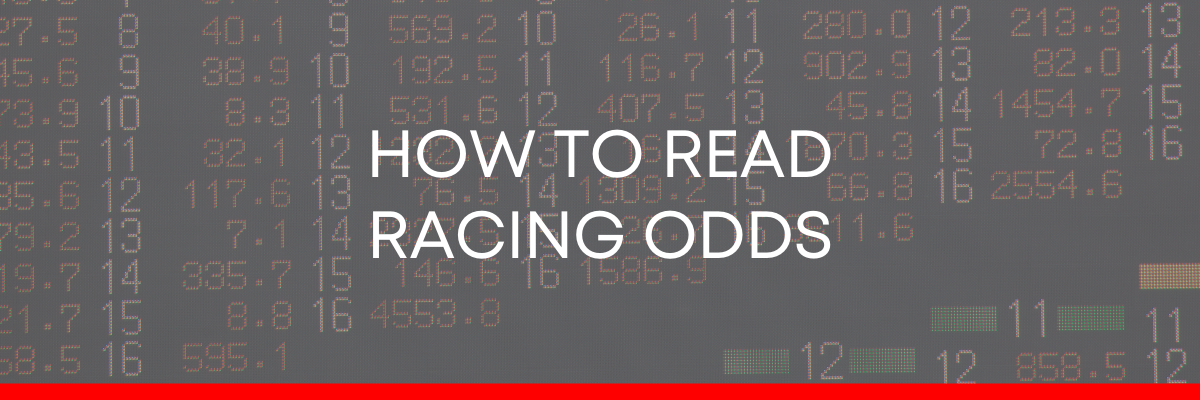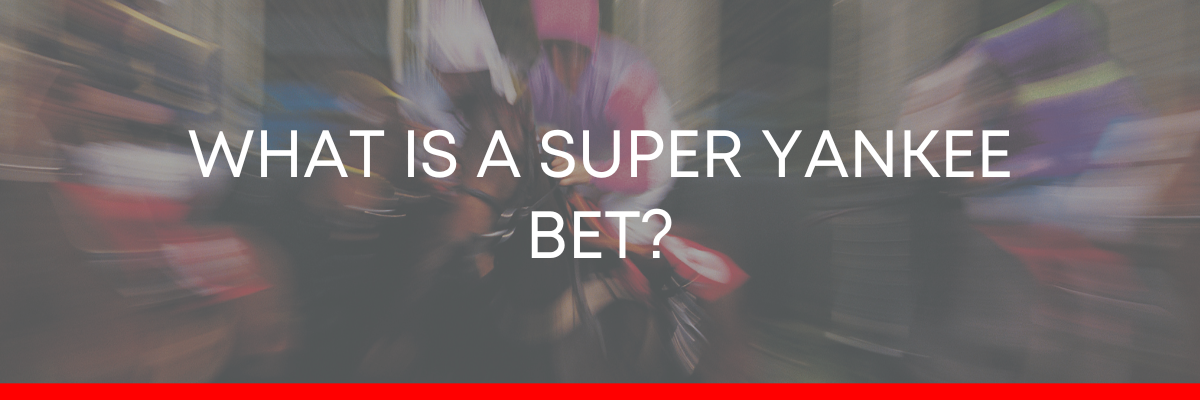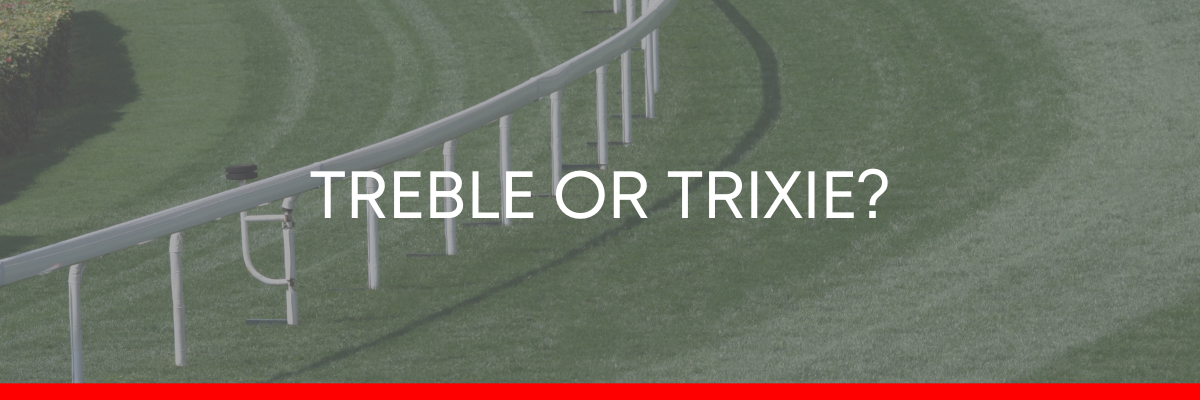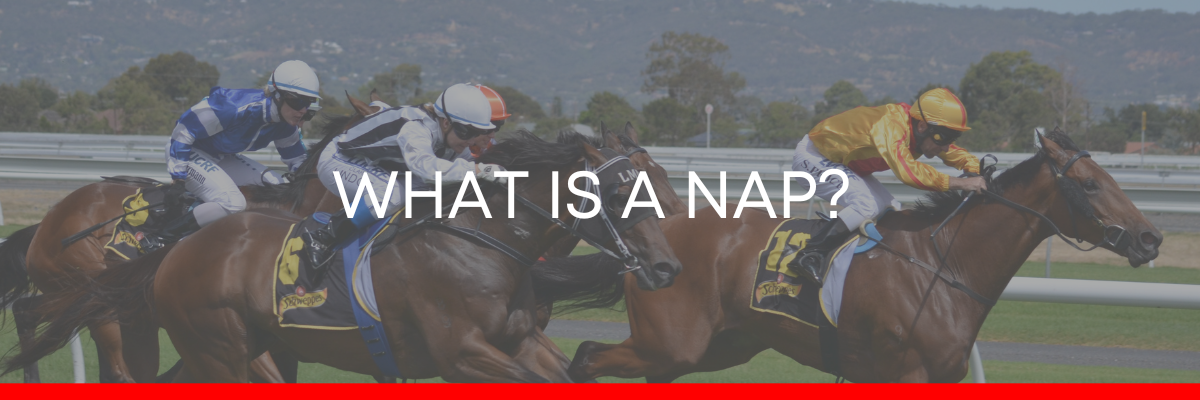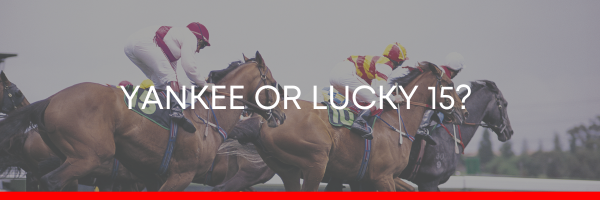Welcome to our beginners guide on how to read racing form.
It’s a well-known fact that horse racing has always been one of the most popular markets in sport to place a bet on. In the UK alone horse racing is a multibillion-pound industry, and it comes as no big surprise when you think about it because there is at least one meeting per day almost every day of the year.
How to study horse racing form
The only thing is for a beginner it is quite daunting when trying to pick out a winner if you don’t understand any of the information when looking at the form guide. This is why we have put together this horse racing form guide to help you find how to study horse racing form.
Horse Racing Form Guide
Understanding racecards
Let’s start with the race card. The race card is what you will see when you select a race from one of the race meetings on that particular day. You can also find this information on betting sites and apps. It will contain all the information that you need to know about the race, the horses running, the trainer and Jockeys name, the type of race (flat/jump/handicap) and so much more. So it is no surprise that these statistics can be mind-boggling if you don’t understand what they all mean.
Below we are going to through each section for you and help explain how to read the racing form.
Meeting – The race meeting is the course where the race takes place. In this case, the race is at Wolverhampton.

Time of race – Time of the race speaks for itself in this case 5:05 pm.

E/W places & odds – This will vary depending on the race and the number of horses running. Check before placing an each-way bet so you know what position they need to finish in and what return you will get.
Some betting sites offer extra places on selected races, sometimes for shorter odds in return.

Distance of the race – The distance of this race is 1 mile, 4 furlongs & 51 yards. These distances vary. If you are looking at a specific horse’s form it is worth checking their results to see how they have done over this distance.
If a horse is dropping in the distance is it because it ran out of steam at a longer distance? If a horse is going up in distance it could be that it has more to offer with a longer run.

Type of race – This race is a handicap flat race, with no jumping. Look for horses that are switching from flat to jumps or vice versa as they could be more suited to a different style of racing.

Going (surface) – The example is showing how the ground is. Again this is where we check the previous results to see how the horses have done on the same ground. some horses do better on heavy ground, while some do better on soft ground.

There are different types of going in horse racing including –
- Firm
- Goot to firm
- Good
- Good to soft
- Soft
- Heavy
As a simple guide think firm ground in dry weather, especially in the summer and heavy ground around bad weather in winter. You may also see “standard” as in this example which means the conditions are optimal for racing. There is also “all-weather”, this is on an all-weather track which isn’t usually affected by the conditions.
Silks – The silks are the colours of the shirt and cap the rider will be wearing. The colours worn reflect who they’re owned by.

If the owners have more than one horse in a race you will usually find the jockeys have a different colour on their caps. This can be hard to differentiate in some races!
Horses name – The horses name in this case is Way of life. There are some racing apps that allow you to track horses by their names so you can check when they are running again and how they get on.

Trainer and Jockey – Below the horse’s name you’ll see two names split by a forward slash /. The name on the left is the trainers name, whereas the name on the right is the name of the jokey that is riding the horse.

Weight – The weight indicates how much weight the horse is carrying. On the heavy ground, it may suit a lighter horse as they won’t get stuck in the mud too much. Take some time to learn about the weights and track them in races. It is not always a key factor when selecting horses to back.

Age – This is the current age of the horse. This will vary in races.

Past form – The past form is indicated as being 58-432, this is explained in a little more detail in the next section of our guide.

We will use Way of Life as our example. You notice that the form shows as; 43611-
So, going from the form provided in the example above, Way of Life came 4th in the first race, followed by a 3rd place finish in its second race. Then came a 6th place finish followed by 2 more recent wins. The – indicates that it has not raced yet this year.
Racing form symbols – What do they mean?
- / = This symbol is to show separate seasons, flat & jump racing seasons.
- – = This symbol separates years, to the left of the symbol represents last years results, anything after that is this years form.
- P = This means the horse was pulled up, which could mean the horse was tired or injured.
- F = This symbol indicates that the horse fell.
- L = Symbol indicates the horse was left at the start.
- U = This means that the horse unseated its rider, for example; it fell but was able to carry on and does so but without the jockey.
- R = Basically the horse refuses to race.
- B = This indicates that the horse was brought down after a collision with another horse.
- V = This is if the race was void.
- D= This means that the horse was disqualified.
Odds – The odds, in this case, are 11/4. This means that if you were to stake £11 on this race and you bet won, you would win £15. This means you get your initial stake back (£11 + £4 = £15).

The example has a bet boost which shows the odds boosted from 11/2 to 6/1. On the full race card, you will usually see the previous odds next to the current odds. This shows how popular a horse is.
If the odds are getting shorter (less) then more people are placing bets on a horse. If the odds are getting longer then people are not betting on this horse. It is advisable to do your own research and not back trending horses as this is not always an indication if they are going to win or not.
You can read our full guide to understanding racing odds here.
What to Look For Guide – Spotting Winners
What to look out for when trying to pick out winners.
There are quite a lot of factors to look for when trying to select a winner in any race. We have guided you through how to read racing form, now we are going to give you a couple of ways that will help you to select winners when placing bets. Below we have listed some key points in what to look out for when you place a bet.
Is the trainer in form? The person who trains the horse can make a huge difference to the form of a horse. There are many respected horse trainers out there, it would probably help if you familiarise yourself with some of the top ones. Some of the best at present are Nicky Henderson, John Gosden, AP O’Brian, Richard Fahey, Sir Michael Stoute & Hugo Palmer.
For smaller yards look for trainers that have won the same race previously. This shows they can train a horse for this specific race and will e going for it again.
Who’s the jockey? Much the same as the trainer, the jockey that rides the horse can have a massive impact on how the horse does in a race. Simply because of their years of experience, their knowledge of the course and knowing when it’s the right time to attack their competition. Jockeys to look out for, are Ryan Moore, Jamie Spencer, Rachel Blakmore, James Doyle Andrea Atzeni & William Buick.
Does the ground suit? Is the horse proven to perform on Good ground, or does it prefer Soft ground? These again are telltale signs of how the horse performs at certain race meetings.
Proven over the distance? If the race is 5 furlongs in distance, check to see what distances it has raced before. Has it performed well at the distance before or is it more suited to longer distances?
What are its past course results? Has the horse performed well at this venue before, or did it struggle? Some horses perform brilliantly well at some racecourses, so keep that in mind when making your selections.
Is the weight of the horse stable? Has it raced before at the present weight or does it race better carrying less or more weight?
If you want some advice check out our top-rated horse racing tipsters and see what they have picked for today’s races and why.
Follow Our Horse Form Guide
So when looking at horse racing form analysis make sure you check these factors out before placing your bets. Remember the aim to find the winners, so give yourself the best chance you can and follow our guide on how to read the racing form to the tee.
Form guides are industry-wide so it doesn’t matter where you are viewing form guides, you can apply what you have learned here and have a better understanding of how to read racing form.

